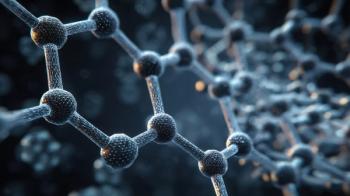
- The Column-06-07-2010
- Volume 6
- Issue 10
Fatal flora
In the forests of Borneo in South-East Asia, a carnivorous pitcher plant, Nepenthes rafflesiana, lures, traps and digests small animals, mainly insects. As part of the lure, the pitchers copy flowers in a variety of ways, producing nectar as well as using bright colours and ultraviolet patterns. A study published in the Journal of Ecology has shown that this mimicry also includes a range of floral scents to trick insects to their demise.
In the forests of Borneo in South-East Asia, a carnivorous pitcher plant, Nepenthes rafflesiana, lures, traps and digests small animals, mainly insects. As part of the lure, the pitchers copy flowers in a variety of ways, producing nectar as well as using bright colours and ultraviolet patterns. A study published in the Journal of Ecology1 has shown that this mimicry also includes a range of floral scents to trick insects to their demise.
When observing the plants in the wild, researchers noted that the upper or aerial pitchers attracted a range of flying insects, those that typically visit flowers, while the pitchers at ground level mainly captured ants. Providing the insects with a control compartment or a compartment containing the scents of freshly cut pitchers, researchers observed that in the absence of any visual stimulus, the insects preferred to visit the odorant compartment.Analysis of the volatile compounds from the traps by GC–MS revealed benzene and terpene compounds, commonly emitted by pollinating flowers, together with a large quantity of rare compounds with sweet and sugary odours.
1. B. Di Giusto et al., J. Ecology, on-line 28 April 2010.
Articles in this issue
over 15 years ago
Shark infested olive oilover 15 years ago
Pittcon 2011 Announces Call for Papersover 15 years ago
Market Profile: Laboratory Automationover 15 years ago
Green Chromatography ProductsNewsletter
Join the global community of analytical scientists who trust LCGC for insights on the latest techniques, trends, and expert solutions in chromatography.




